Big Picture Small Picture Archive
Big Picture, Small Picture: Context for H.P. Lovecraft’s “The Call of Cthulhu”
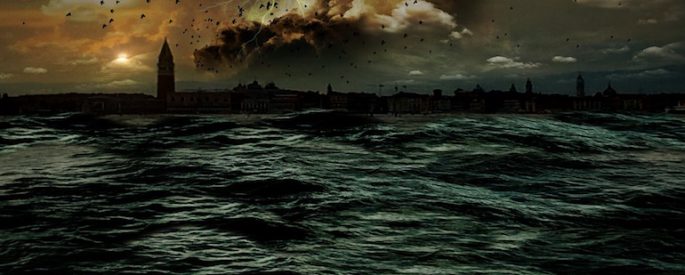
The sickly and nightmare-plagued Lovecraft shows an inclination toward the sciences as a child, but his passion for literature emerges in his early adulthood. At thirty-seven, the master of cosmic horror publishes his genre-defining story “The Call of Cthulhu” in the February 1928 issue of the pulp magazine Weird
Big Picture, Small Picture: Context for Sandra Cisneros’ The House on Mango Street

Chicago, 1980. A young woman taps at a typewriter in the small kitchen—the only room with heat—of a rented apartment on North Paulina Street, square in the center of the Bucktown neighborhood.
Big Picture, Small Picture: Context for Agatha Christie’s Murder on the Orient Express
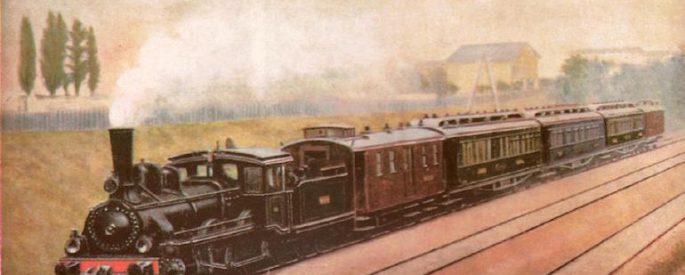
British mystery writer Agatha Christie follows the news of the ordeal with interest, using the circumstance for her classic novel, Murder on the Orient Express, first published in the U.K. on January 1, 1934.
Big Picture, Small Picture: Context for Joyce Carol Oates’s “Where Are You Going, Where Have You Been?”
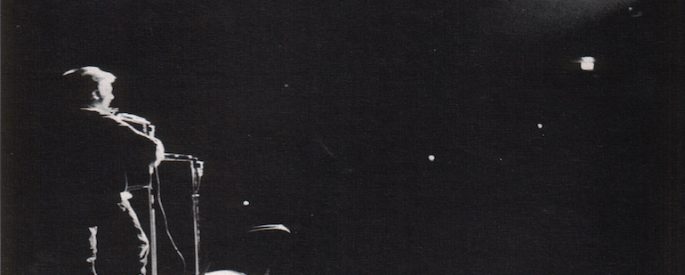
In the Fall 1966 issue of Epoch Magazine, Joyce Carol Oates’ classic short story, “Where Are You Going, Where Have You Been?” first appears. Oates takes cues from Schmid’s case to tell the story of 15-year-old Connie.
Big Picture, Small Picture: Context for J.M. Coetzee’s Waiting for the Barbarians
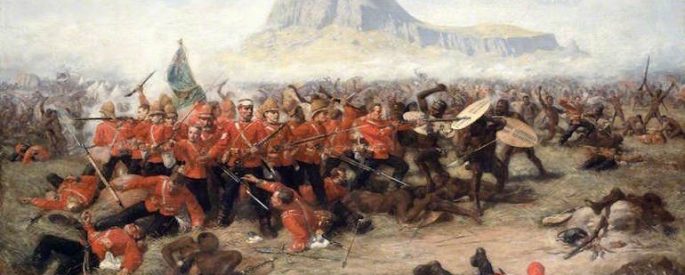
On October 26, South African author J.M. Coetzee’s novel Waiting for the Barbarians is published. The unnamed narrator, an imperial magistrate stationed in a colonial settlement on the outskirts of the unspecified “Empire,” enjoys the languorous ease of his privileged position.
Big Picture, Small Picture: Context for Arthur Conan Doyle’s “The Red-Headed League”
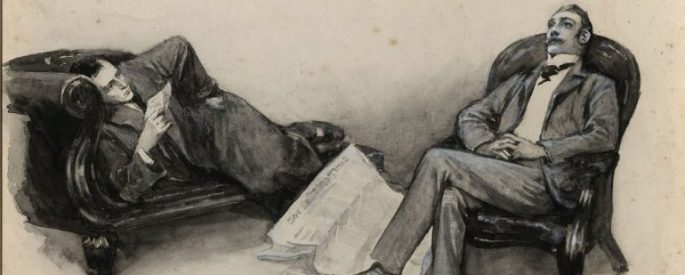
Summer, 1891. Mysteries abound in southern England. On the evening of August 8th, a “perfectly sober” woman is seen walking home on a stone road in Epsom. Early the next morning she is found dead in the street, her throat cut, sending out gruesome echoes of Jack the Ripper.
Big Picture, Small Picture: Context for Harper Lee’s To Kill a Mockingbird
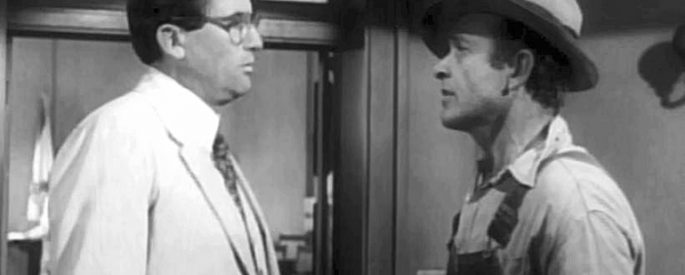
September 14, 1919. A lynch mob gathers outside of the county jail in Monroeville, Alabama. They are there for Frank and Brown Ezell, father and son, who have just been arrested for the murder of a white store owner.
Big Picture, Small Picture: Context for Jhumpa Lahiri’s Interpreter of Maladies

His voice a thin radio rasp, Neil Armstrong coaches Buzz Aldrin down the ladder of the Lunar Module. “It’s about a three footer,” he says of that last step to the chalky surface below. The second man on the moon leaps from the final rung and lands buoyantly.
Big Picture, Small Picture: Context for Ray Bradbury’s The Martian Chronicles
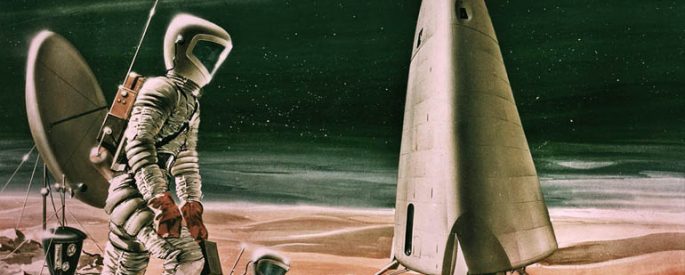
On Thursday, May 4, 1950, Ray Bradbury’s The Martian Chronicles is published. The twenty-six stories in the collection weave a narrative of nostalgia and doom that spreads across the rust-red Martian landscape, where cringing anxiety mixes with slack-jawed wonder.
Big Picture, Small Picture: Context for J.D. Salinger’s Nine Stories
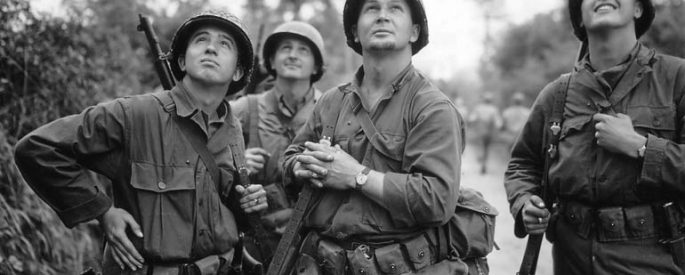
Monday, April 6, 1953, J.D. Salinger’s Nine Stories is published by Crown. The collection, with its wry and spiritually wounded characters, immediately garners Salinger praise and solidifies his reputation (after 1951’s The Catcher in the Rye) as an important voice in American fiction.